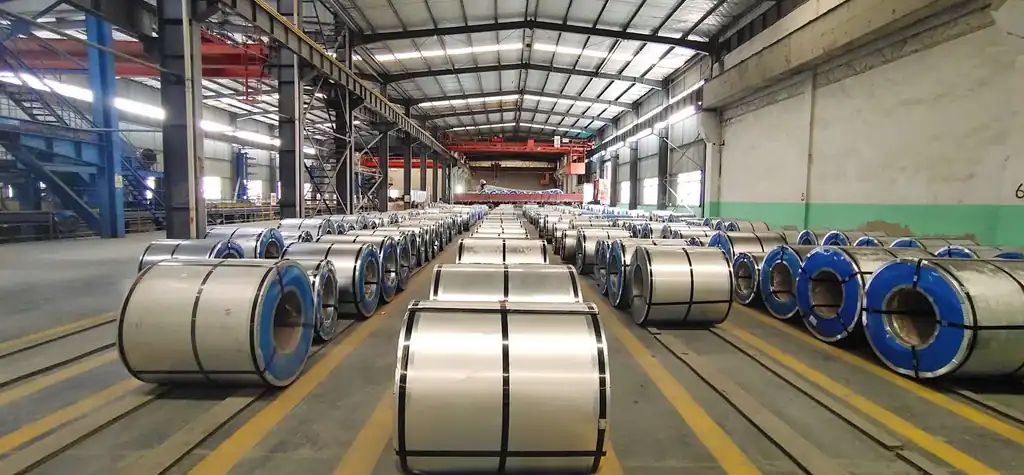The other name for silicon steel sheets is electrical porcelain steel sheets. Their main uses are to make motor cores and transformer cores. To meet the electrical and physical property requirements of the core, the manufacturing process of grain – oriented silicon steel sheets involves a high – temperature annealing process at 1200 – 1250 degrees Celsius. To enable the iron metal atoms to complete the ordered orientation arrangement during the annealing process and form an excellent insulating film on the surface of the silicon steel sheets, this process must take 7 days to complete. During such a long high – temperature process, ordinary silicon steel sheets will turn into iron lumps. Therefore, a high – temperature annealing isolating agent must be applied between the thin silicon steel sheets to prevent the sintering of the silicon steel sheets. At the same time, this isolating agent must be able to form an excellent insulating film layer with the silicon on the surface of the silicon steel sheets.

Messi Biology said that the role of magnesium oxide is first to serve as a high – temperature annealing isolating agent in the manufacturing of silicon steel sheets. At the same time, it can form a magnesium silicate glass insulating coating with silicon, and it can also remove impurities such as sulfur and phosphorus in the silicon steel during the high – temperature reaction. Messi Biology said that silicon – steel – grade magnesium oxide must have the following properties:
1. It must have a relatively high chemical purity to avoid adverse effects on the formation of the magnesium silicate coating under high – temperature conditions.
2. It must have good suspension performance in water. In the manufacturing process of silicon steel sheets, when magnesium oxide is applied to the surface of the silicon steel sheets, generally, the magnesium oxide is mixed with water to form a slurry for the coating operation. To prevent the sedimentation of magnesium oxide during the coating process, the suspension performance of magnesium oxide in water must be ensured.
3. It must have a relatively low hydration rate. The hydration rate of magnesium oxide refers to the percentage of magnesium oxide that generates magnesium hydroxide within a certain temperature condition and a certain period of time. After the surface of the silicon steel sheets is coated with the magnesium oxide slurry and then rolled into a steel coil and put into a bell – type furnace for annealing, first of all, the moisture must be removed. The more the proportion of magnesium hydroxide generated, the longer the water – draining time. On the other hand, too much moisture is easy to react with iron to generate iron oxides, which will affect the formation of the magnesium silicate film layer. The hydration rate of magnesium oxide is an important indicator to measure silicon – steel – grade magnesium oxide.
4. It must have a certain activity. Magnesium oxide with high activity is easy to react with the oxides of silicon to generate magnesium silicate glass. However, too high an activity will increase the hydration rate of magnesium oxide, which is unfavorable to the generation of the magnesium silicate film. The activity level of magnesium oxide should be comprehensively considered.
5. The slurry of magnesium oxide must have strong adhesion to the surface of the silicon steel sheets. In this way, after the magnesium oxide is coated on the silicon steel sheets and dried, it will not fall off from the steel sheets after strong vibration and friction.
